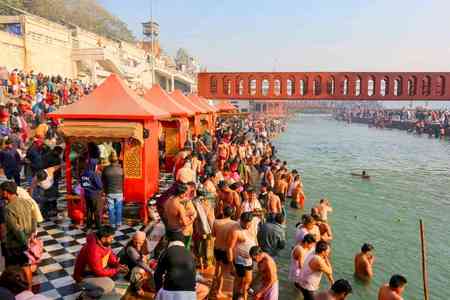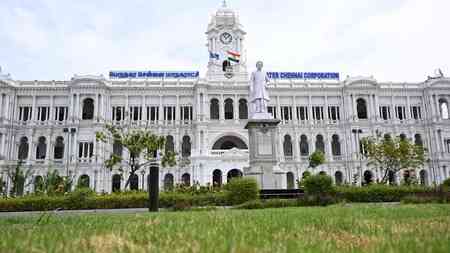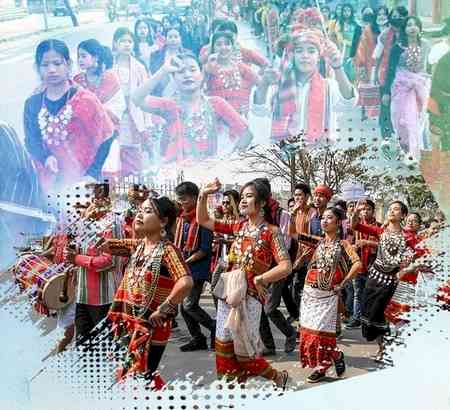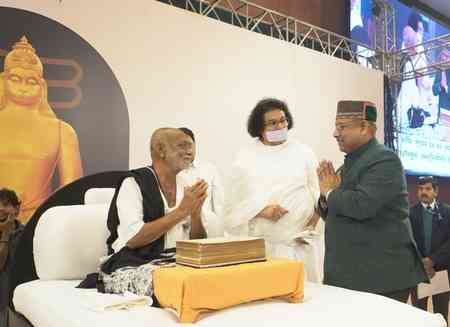Amazing Reasons Behind Tamil Wedding Traditions
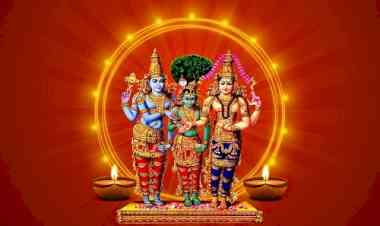
Indian weddings are known to be big, bold, and beautiful. However, South Indian weddings contrast their North Indian counterparts with their deep and solemn ceremonies. Tamilians, in particular, take their rituals very seriously and follow them diligently. At the same time, these weddings are a royal affair with an aristocratic golden and red palette. Here are some of the rituals weaved within Tamil weddings, which makes them all the more meaningful:
Nakshatra Porutham
Just like every Indian wedding, a Tamil wedding too starts with the matching of horoscopes (nakshatram). The families invite a trusted astrologer, who will create a Kundli of the bride and groom prospects. Once the Kundli is ready, the astrologers will compare the twelve points (poruthams) like Nadi, Rasi, Yoni, Gana, etc. The more these points match, the greater would be the probability of a happy and successful married life. This ritual also allows them to extract critical information such as the date for the wedding and what their married life would be like.
Panda Kaal Muhurtham
This pre-wedding tradition is followed at both the bride and groom’s homes. Families can hold it at their respective homes or conduct it at a temple. Typically, it takes place a day before the actual wedding. However, it is not a fixed day as such. For instance, Tamil Brahmin Iyengars hold the Panda Kaal Muhurtham three days before the wedding.
The small pooja during the Panda Kaal Muhurtham starts with the breaking of the coconut, which ushers in prosperity, wealth, and happiness. The families install a pole where their deities reside. Everyone celebrates and prays for the successful culmination of the marriage ceremony.
If you are looking for a suitable life partner for your wedding, then download any Tamil Matrimony app to find selected profiles, and start searching for your future husband.
Mangala Snanam
The wedding day kicks off the auspicious mangala snanam, which literally translates to a “purifying bath.” It is an important ritual and is carried out in the bride and groom’s respective homes on the day of their wedding ceremony.
It involves all the sumangali (married women) who apply turmeric (manjal), vermilion (kumkum), and sandalwood paste to the bride and the groom. They then bathe them with holy water and ready them for the rituals that follow.
Turmeric is a disinfectant, while sandalwood paste is a natural beautifier. Holy water purifies the couples’ bodies and souls, and it prepares them for their new life together.
Kashi Yatra
Tamil Matrimony is a traditional and a visual feast to behold. Kashi Yatra is one of the most interesting rituals in the Tamil wedding. One can even say that it is theatrical at best! Here, the groom dresses up as a sanyasi, replete with a walking stick, dhoti, footwear, coconut, rice, and all. He then denounces the world and declares that he is giving up on material life to embrace the spiritual path as a way of life.
But while he is ready to head off to Kashi, the bride’s father intervenes and persuades him to give up this thought and marry his daughter instead. This enactment is followed by a hilarious chasing scene that takes place near the wedding muhurtham. Finally, the bride’s father leads the groom to the mandap.
This ritual marks the transition of the groom from bachelorhood (brahmacharya) to family life (grihastha) and steers him away from giving up the material world (vanaprastha) and following the spiritual path (sanyasa). Aside from this deep meaning, it is also a fun ritual for its entertainment value.
Saptapadi
Saptapadi, or the seven steps, is one of the most crucial Tamil wedding ceremonies. During this ritual, the bride and groom take seven steps around the agni kundam.
Each step of the saptapadi stands for a specific blessing from Lord Narayana, these being:
• Food
• Physical strength
• Good actions
• Happiness
• Wealth
• Happiness in all seasons
• Soma sacrifice through worshipping the seven ritviks
The completion of the seven steps ties the couple together in holy matrimony and the two officially become husband and wife from thereon.
However, in Tamil Vanniyar Kula Kshatriyar weddings, you may witness a different ritual solemnizing the wedding. Here, you have a necklace (thali) that is blessed by all the members and purified through poojas. The groom ties the thali around the bride’s neck, while the priest chants mantras. This act marks the religious and social acceptance of the couple as husband and wife.
Oonjal/Unjal
Once the groom is back from the Kashi Yatra, and the couple exchanges garlands and sits together on a swing (oonjal). Naturally, the oonjal is heavily decked with beautiful kolam, flowers, and other decorative items.
In this ritual, the bride represents Radha, while the groom is an embodiment of Lord Krishna. The family members wash the couple’s feet and the elders of the family rock the couple back and forth on the swing. And as the lovely couple swings together, women often sing traditional or folk songs during the ritual.
Sometimes, the bride and the groom eat bananas and drink milk while swinging. In other versions of the ritual, the couple must not rest their feet on the ground under any circumstances.
Apart from the obvious insinuation that the newly wedded couple is no less than Radha-Krishna themselves, oonjal also represents the strength of the bond between them. It serves as a reminder that no matter the ups or downs, the couple is together through it all. Family and well-wishers also pray that their married life is as seamless, smooth, and enjoyable as the swing.
Aarathi Eduthal/Mangala Arathi
The Aarathi Eduthal ceremony is more prominent in the Kongu Vellalar Gounder community, whereas Mangala Arathi is common in Tamil Mudaliyar weddings. Through this ritual, the groom’s family acknowledges the bride as a member of the family and welcomes her into their home.
Here, the mother-in-law (or the oldest female family member) welcomes the bride with a pooja thali made of silver, copper, or bronze. The thali contains an earthen lamp filled with ghee and having wicks in odd numbers. It also has camphor, turmeric, limestone solution, and vermillion. She then proceeds to bless the couple and ward off any negative energy surrounding them.
A New Chapter to a Happy Married Life
As one can see from above, even the most seemingly innocuous traditions have deep-rooted meaning. Apart from sanctifying the wedding, these traditions also bring the bride and groom’s families together. With such rich traditions, how can one miss out on enjoying a Tamil wedding?


 cityairnews
cityairnews 
